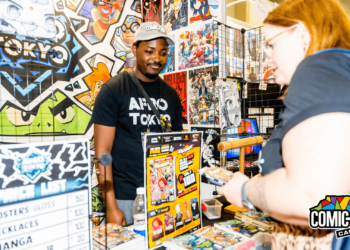Founded in 2007 by dancers and choreographers Selma and Sofianne Ouissi, Dream City (which takes place in Tunis) aspires to give artists, thinkers and citizens a voice committed to a different future or even just a future.
The artistic gestures and speeches attempt to capture the interconnected realities in a period where physical or symbolic borders are questioned everywhere and are often sources of violence. These turbulences and protests run through the entire festival program, of which contextual creation is more than ever the driving force. Tunisian, Congolese, Moroccan, Sudanese, Palestinian, Malian, Egyptian, Gambian, Lebanese, American, Portuguese, German, Austrian, French, Belgian and British artists, thinkers and activists do not claim to provide all the answers but radically open up to their contexts, both local and gateways to the world. Faced with recent and tragic events in Tunisia, such as the expulsion and death of refugees in the Sahara, Dream City takes a position in favour of a totally open and mixed space, advocating deep and unconditional solidarity between all the communities present on our territory and in their programming.
`Dream City 2023′ aspires to reflect the complex tensions that Tunisia is currently experiencing. We seek to unite artistic expression with the burning issues of our country and our time. The multiple and interconnected crises we face, whether affecting Tunisia or the entire world, can no longer be ignored. Our relationships with our political and democratic spaces, with nature and the earth, with humanity in constant movement, with history and truth will resonate deeply through the artists, the creations, the invited works, the conferences and Dream City meetings. Selma and Sofianne Ouissi – Founders of Dream City
In 2015, Jan Goossens began working with the Ouissis as co-artistic director. For this year’s iteration, they invited curator Hoor Al Qasimi to curate ‘Dream Projects’ – a visual arts project. The collaboration between Selma and Sofiane Ouissi, Hoor Al Qasimi, and Jan Goossens for Dream City 2023 marks a synergy of complementary and diversified artistic visions.

Caserne El Attarine. © Suzette Bell-Roberts
Drawing inspiration from the sites and scenes of the historic Tunisian Medina Qasimi’s curation sought to further enrich Dream City. Central to the project is the transformation and activation of the Caserne El Attarine, bringing daily life back to this structure formerly frequented by Tunisian thinkers and cultural figures. Newly configured for these Dream Projects, the space invites audiences to gather and engage with books, archives, discussions and artworks that reflect the current social and political situation.
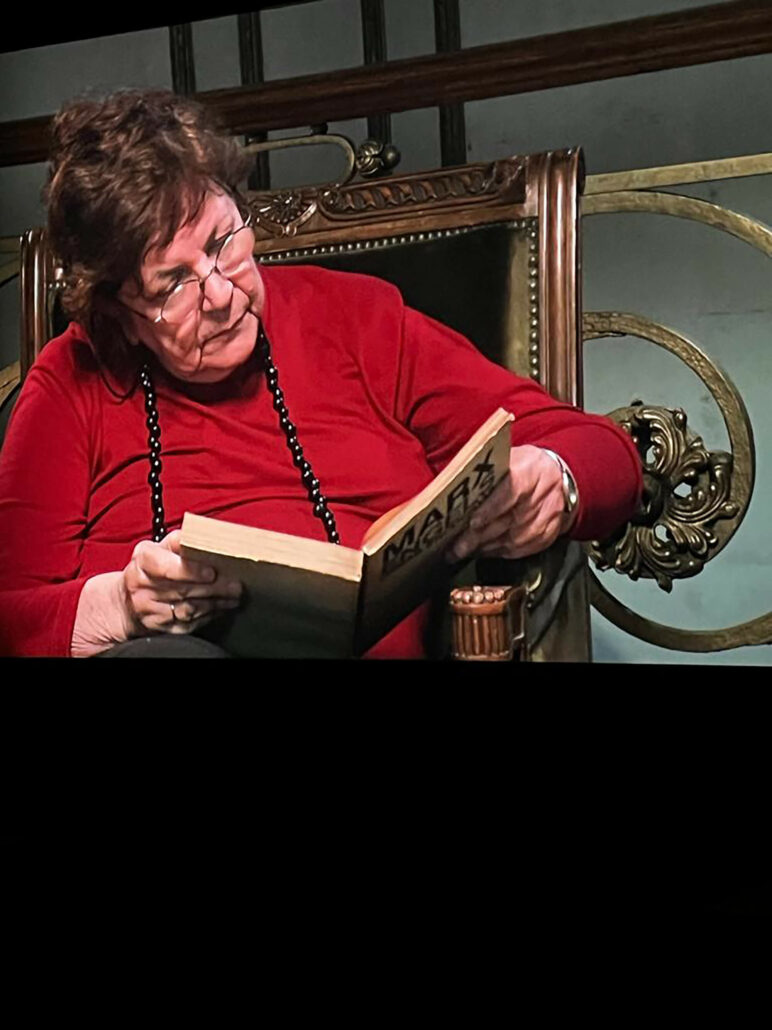
Gabriela Golder, Conversation Piece, 2012. © Suzette Bell-Roberts
In Gabriela Golder’s ‘Conversation Piece (2012)’, two girls read the communist manifesto with their grandmother as they try to understand the histories of class struggle and social rebellion. The grandmother in this film is the artist’s mother, a militant in the Argentine Communist Party.
Manthia Diawara reflects on the life and work of the American activist in ‘Angela Davis: A World of Greater Freedom (2023)’. Diawara’s footage presents a poetic compendium of Davis’s critical thought and inspiration for new imaginaries and relations within an emergent new world. Also screened are Diawara’s films Edouard Glissant: One World in Relation (2010) and Negritude: A Dialogue Between Wole Sovinka and Senahor 2015) are also screened. In ‘Crude Eye (2022)’, Monira Al Qadiri brings to life a childhood memory of a sprawling metropolis – that was, in fact, a vast oil refinery. The video work is reminiscent of scenes from futuristic cartoons and science fiction films.

Monira Al Qadiri, Crude Eye, 2022. © Suzette Bell-Roberts
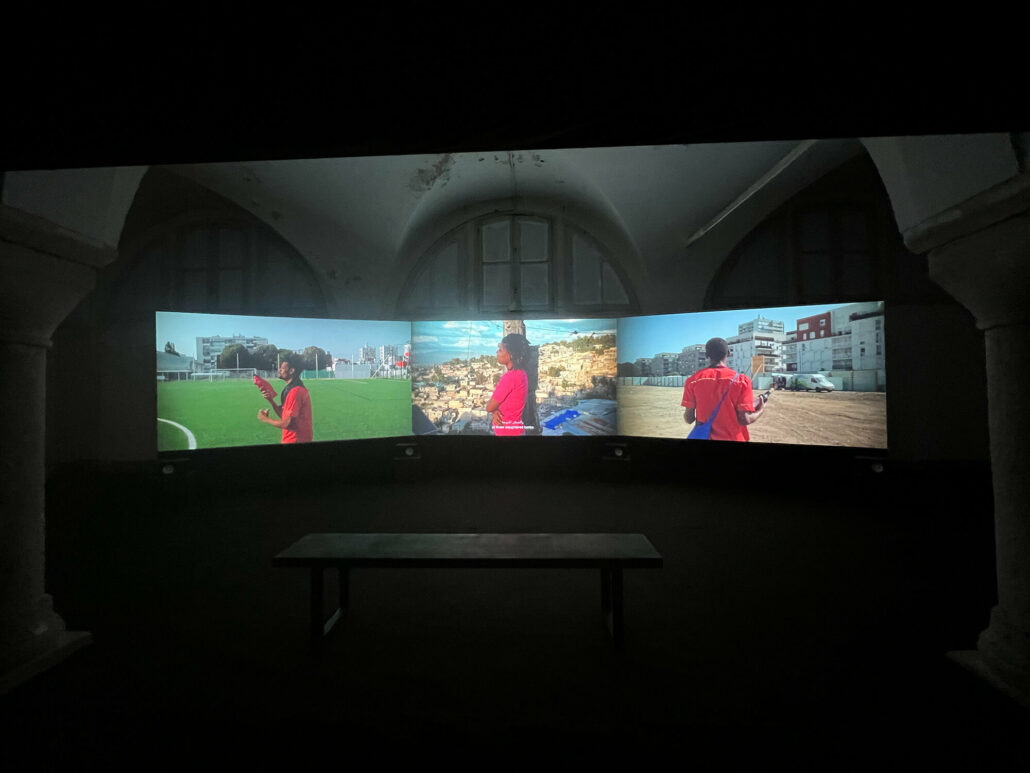
The Living and the Dead Ensemble, The Wake, 2021. © Suzette Bell-Roberts
The Living and the Dead Ensemble presented their second project, ‘The Wake (2021)’. Centred around the potential of the night as a place for the composition and creation of political struggles for young people today on both sides of the ocean, this new project traces an imaginary link between those who have been pushed to the peripheries of the world and who decide to speak up at the moment of our global crisis. The exhibition brings together Marwa Arsanios’ complete quadrilogy of films from her series ‘Who is Afraid of Ideology? (2017 – ongoing)’. Taking a collaborative and interdisciplinary approach to research and filmmaking, Arsanios confronts long-established political and socioeconomic systems of oppression and exploitation by portraying alternative ways of living in harmony with nature. Women’s lived experiences and anti-colonial struggles marked by collectivism, care and self-defence become an example of wider social and political change.
Ferielle Doulain-Zouari reflects on the legacy of the Caserne El Attarine as a souk for perfumes and henna with ‘Where do the roads end and the writing begins? (2023)’. The artist uses terracotta and glass to create graphic, root-like lineal elements that emerge from the earth, referencing the source of the aromatic herbs once used to produce these perfumes.
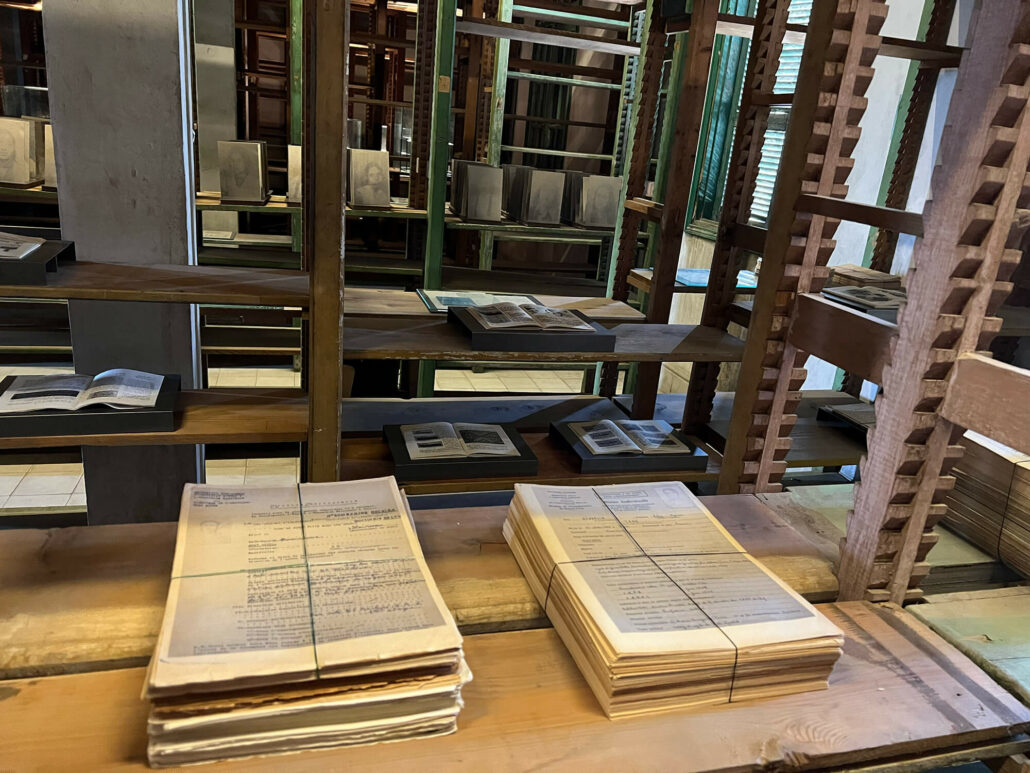
Sonia Kallel, Forward Stitch – Backward Stitch, 2023. © Suzette Bell-Roberts
‘Forward Stitch – Backward Stitch (2023)’ by Sonia Kallel explores the history of the L’Ecole des Cadres au Collège of Bad Diedid, which trained generations of girls from around the country. This archive presents documents, photographs and field surveys that capture the importance of this institution’s original and influential teaching.
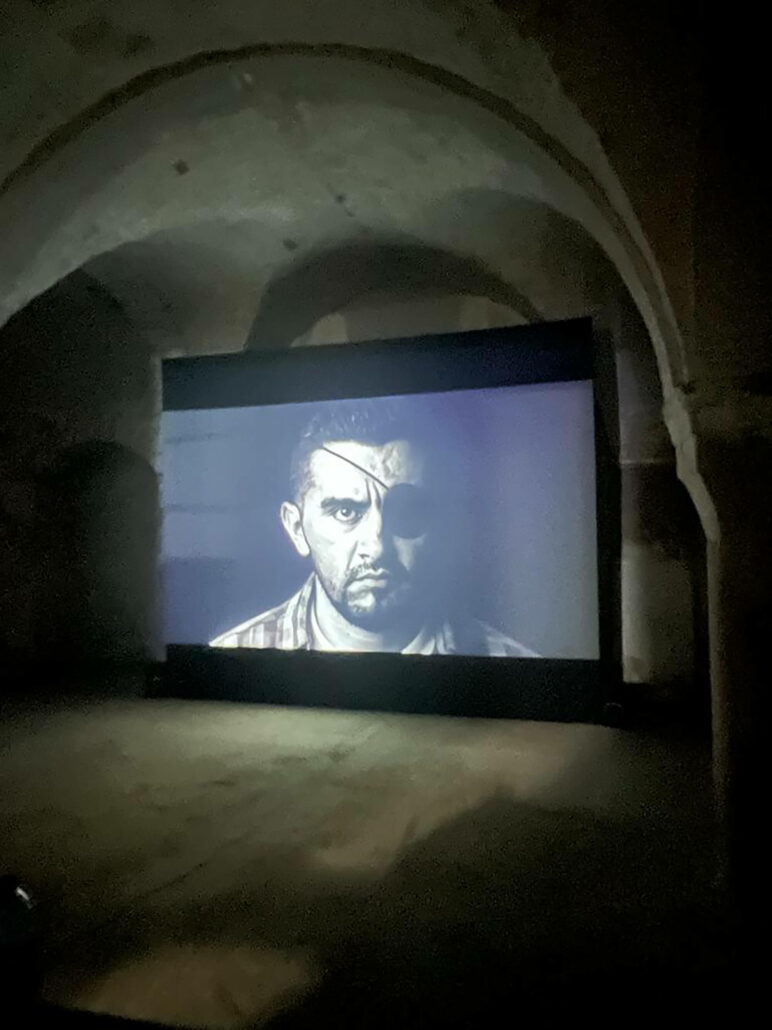
Gabriella Golder, Broken Eyes, 2023. © Suzette Bell-Roberts
Gabriela Golder’s film ‘Broken Eyes (2023)’ reflects on punitive state violence, illustrating how riot police intentionally aim for protestors’ eyes. Taking scenes from the mass protests across Chile in 2019, during which more than 400 victims of police brutality sustained eye injuries, the work also includes scenes from other protests in Hong Kong, Beirut, etc.
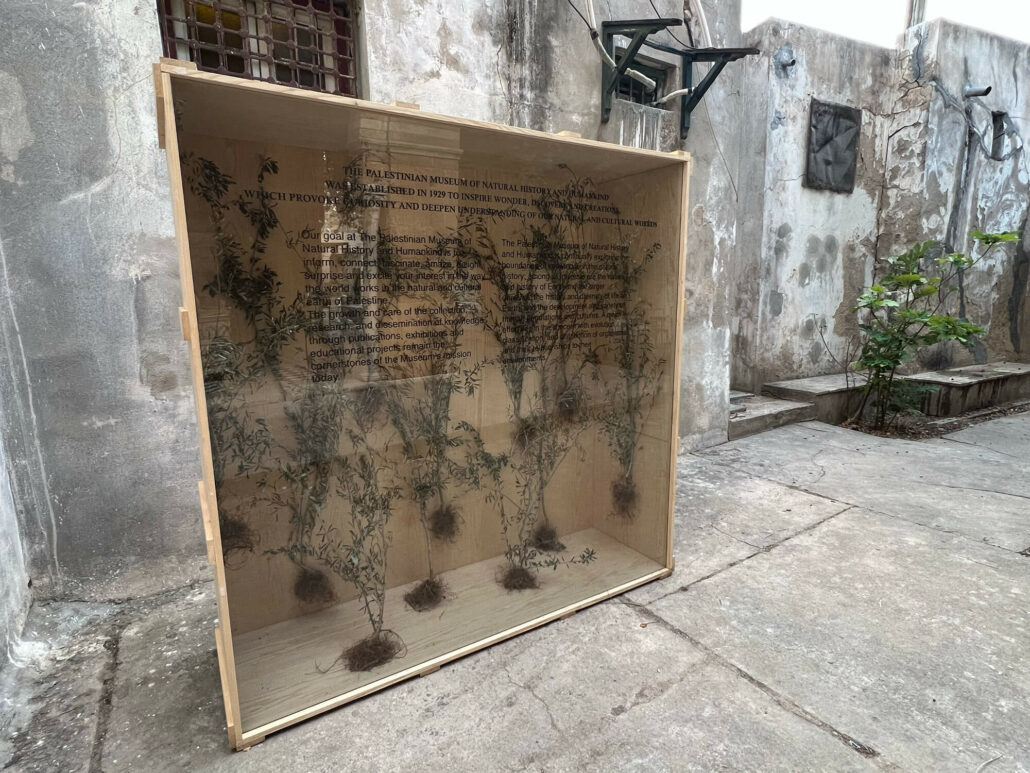
Khalil Rabah, Olive Gathering, 2023. © Suzette Bell-Roberts
Khalil Rabah created a site-specific installation titled ‘Olive Gathering (2023)’ as part of his ongoing project ‘The Palestinian Museum of Natural History and Humankind (2003 – ongoing)’. Working with olive trees – central to life in both Palestine and Tunisia – the artist challenges museums’ architecture, ideas and purposes while investigating how history is socially constructed and embedded in identity and culture.
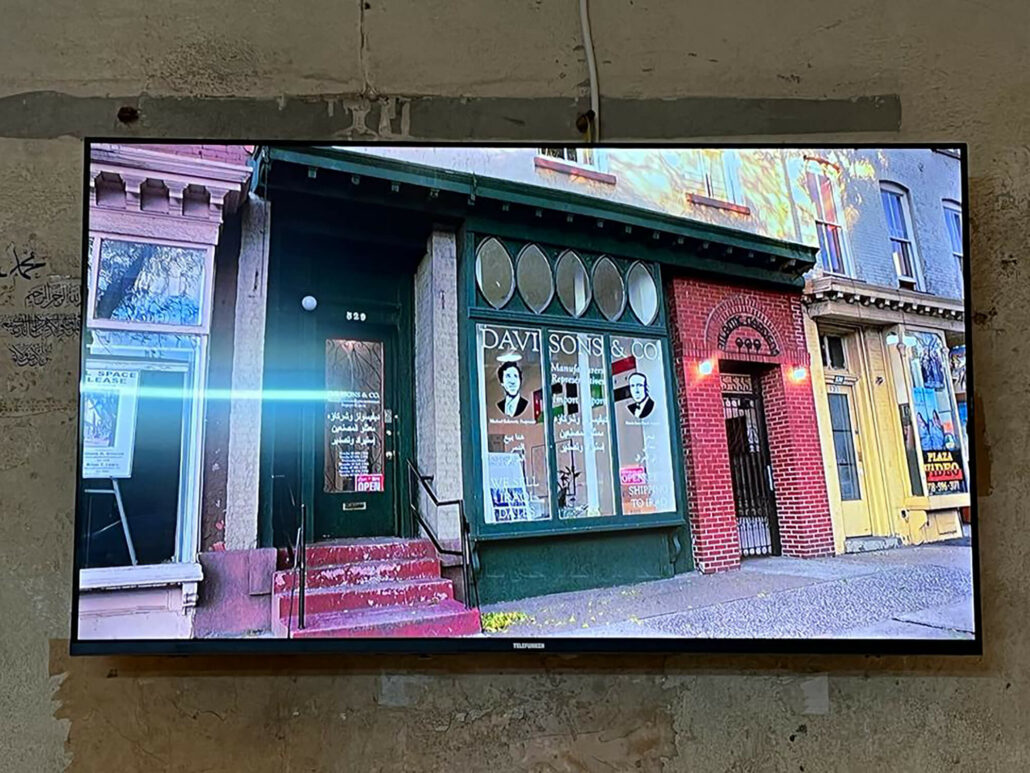
Michael Rakowitz, Return, 2004-ongoing. © Suzette Bell-Roberts
Michael Rakowitz presented his project ‘Return (2004 – ongoing)’, where he recreated his grandfather’s import-export company, established in the 1920s. His film ‘The Return’ chronicles the complexities behind importing Iraqi dates to the US during his attempts in 2006.
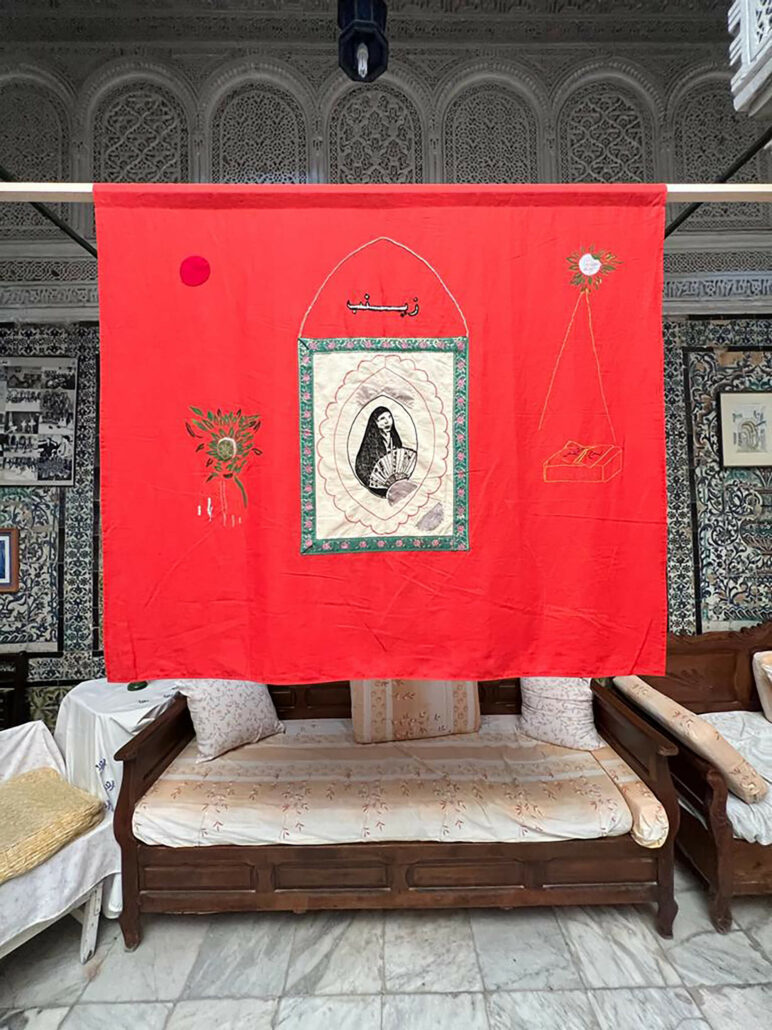
Mounira Al Soln, A Day is as Long as a Year. © Suzette Bell-Roberts
Sound artist Tarek Atoui presented ‘Al Gaball’, a new research and performative project that began in 2015. Influenced by the traditions of Tara music, Atoui combines recordings from across the Arab world in his performances. Mounira Al Soln’s installation entitled ‘A Day is as Long as a Year’ documents the experiences of those who have been forced to leave their homes, reflecting particularly on the struggles of women in the Arab world.
Two locations in downtown Tunis present works by Bouchra Khalili and Remi Kuforiil. Khalili’s film installation ‘The Circle (2023)’ examines and reactivates the legacy of the French Arab Workers Movement and their theatre groups Al Assifa and Al Halaka in the 1970s. Remi Kuforiji’s ‘Water No Get Enemy: Counter-Cartographies of Diaspora (2020 – ongoing)’ is a multifaceted research project developing a novel resistance model to neocolonial crude oil extraction and ecocide practices within the Niger Delta. Nil Yalter quotes the influential figure of modern Turkish literature, Nazim Hikmet, an exile himself, by painting the words ‘Exile is a Hard Job’ in various languages over posters plastered over walls in multiple locations.
In addition, there were the screenings of 2 films, Manthia Diawara’s ‘An Opera of the World (2017)’ reflecting on migration and the ongoing refugee crisis, building on Chadian poet Koulsy Lamko’s Bintou Were, a Sahel Opera, which tells the story of a young woman desperately seeking a better future for herself and her unborn child and ‘Les Ambassadeurs’, produced in 1975 by Naceur Kari. The film follows the troublesome relationships between North African immigrants and their French neighbours in Paris.
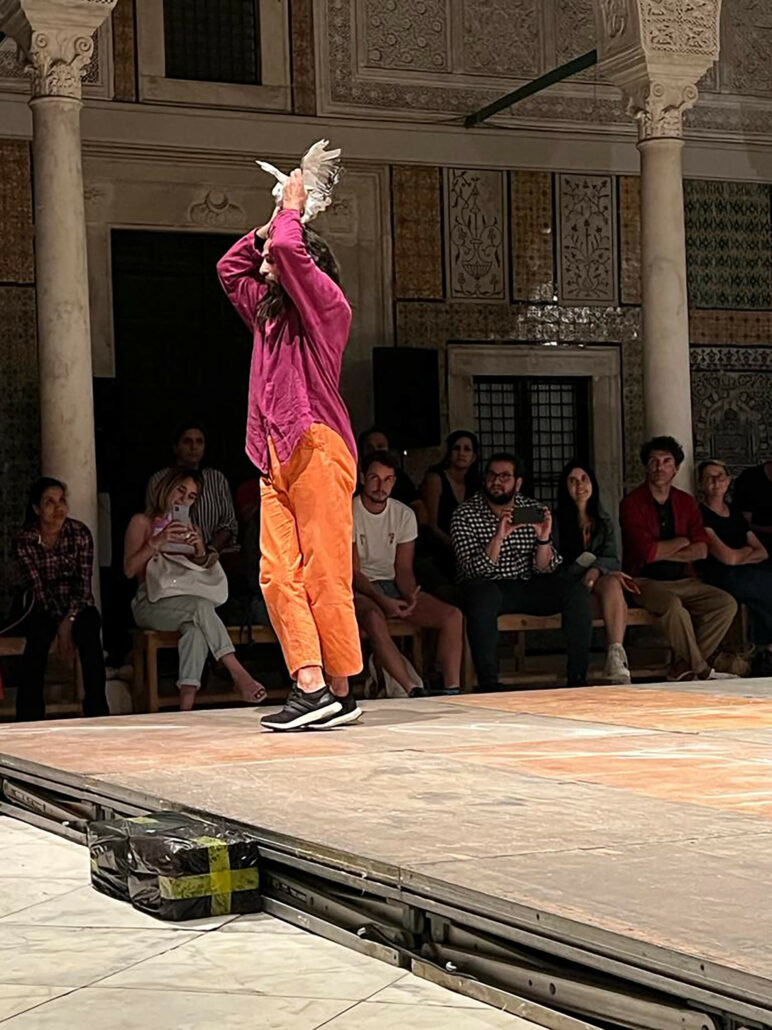
BIRD, Curated by Sofianne Ouissi and performed by Selma Ouissi. © Suzette Bell-Roberts
‘BIRD’, curated by Sofianne Ouissi and performed by Selma Ouissi, is an invitation to feel and re-think our relationship with the living. The body of Sofiane Ouissi circulates between the boxes of this magic square, listening to the other bodies that cross the same space. There is no demonstration here; freedom is in the measure of decomposed micro-gestures, in the crumpling of a wing, in the beating of a heart to better dialogue with that of another. Each movement is an ode, each breath a fragile narrative.
Mixing dance, theatre, song, visual arts and celebration and combining contemporary forms, the festival offers a rich and inspiring experience. Art and creativity are potent instruments for forging a better future; artistic creation can be the engine of resistance and the imagination of a different future. As anti-migrant and anti-refugee policies gain ground globally, the festival aims to reaffirm the values of respect and tolerance within Tunisian society and our societies in general.
The 9th edition of the Dream City festival took place in the Medina and downtown Tunis from the 22nd of September to the 8th of October 2023. For more information, please visit Dream City.
Suzette Bell-Roberts is Co-founder and Digital Editor of ART AFRICA magazine.
